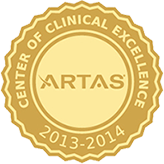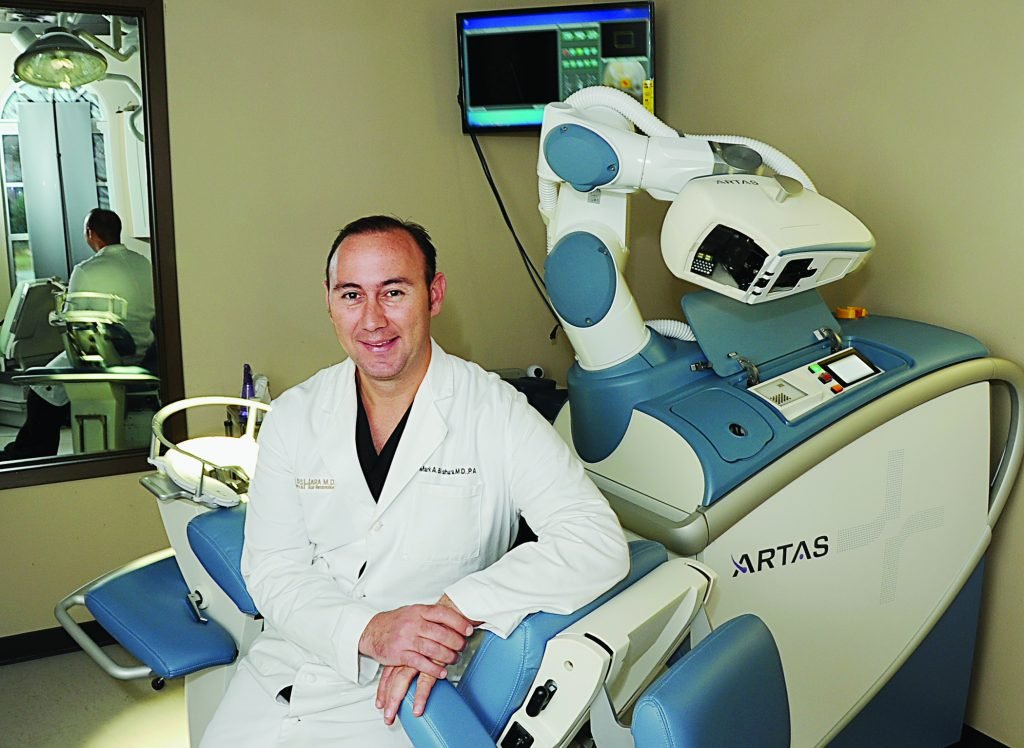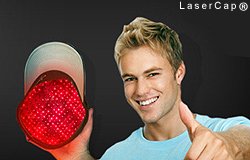WHAT IS HAIR RESTORATION?
Hair restoration includes the surgical and non-surgical methods used to counteract or slow symptoms of hair loss in men and women. Methods may be used individually or in combination to produce the desired results depending on a person’s needs. Finding the right hair restoration solution can be difficult. It’s an important decision that can improve your life in unimaginable ways. But one size does not fit all types of hair loss.
FOR MEN
Getting straight answers about hair loss treatments for men can be almost as frustrating as losing your hair.
Some guys are great candidates for hair transplant surgery, others prefer the lifestyle advantages of the hair replacement process, and some simply want to prevent their existing hair from thinning any further. No matter what kind of hair loss you have, it’s an ongoing process that changes over time.
Dr. Mark Bishara’s office offers a variety of treatment options, including non-surgical and surgical.
FOR WOMEN
Millions of women suffer from hair loss, more than 30 million in the U.S. alone. And while most treatments available today seem to be designed with men in mind, the good news is that there are safe, proven treatments designed especially for women.
Women’s hair–and women’s experiences with hair loss–are very different. That’s why Dr. Bishara will first assess why you are having hair loss and what option we can do to help you.
HAIR RESTORATION OPTIONS:
PROPECIA® (Finasteride)
PROPECIA® is available by prescription from Dr. Mark Bishara and is a once-a-day pill developed to treat mild to moderate male pattern hair loss, a hereditary condition that causes receding hairlines, thinning and/or balding on the top and front of the scalp. This product is proven effective for treating hair loss in MEN ONLY. Some women are candidates for Propecia (finasteride).
LOW LEVEL LASER TECHNOLOGY (LLLT)
The low- level laser therapy treatment is also known as “The Cold Laser”. The laser light generated by low-powered (cold) lasers has recently come into use as a non-surgical hair restoration treatment for patten hair loss.
The LaserCap® using Low Level Laser Technology (LLLT) can help men and women of all ages who suffer from hair loss by emitting pulses of laser light energy to the scalp to stimulate the hair follicles and improve blood circulation in the area, encouraging hair growth once again.
ROBOTIC HAIR TRANSPLANTS- THE ARTAS SYSTEM
Dr. Bishara uses the ARTAS System, which is an interactive, computer assisted equipment employs image guidance to enhance the quality of hair follicle harvesting. Performed in both of Dr. Bishara’s offices (Mansfield & Southlake), FUE robotic hair transplant moves healthy, functioning follicles to the areas of the patient’s scalp most impacted by baldness. The implanted hairs develop their own blood supply, begin to grow and new hairs are seen a few months after the procedure has taken place. New hair continues to grow over the course of a full year, making the change in the patient’s appearance gradually noticeable to others. Healing time is short, and there is no resultant linear scar as happens with other methods of hair restoration, because there is no incision. This procedure is done on men and women.

Hair loss is a condition that occurs as a result of a side-effect of medication, aging, genetics, and traumatic injury to the scalp with scarring. Hair loss affects both men and women of all ages. This condition may cause pattern baldness, patchy spots or thinned hair.
Dr. Mark Bishara offers a wide range of comprehensive hair restoration procedures, which are highly effective. The best treatment option for each patient depends on the location, cause, and extent of hair loss. We will take the time to evaluate each patient, discuss his/her individual goals and together develop a personalized treatment plan using one of our many successful hair loss treatment options. Please contact our office at (817) 473-2120 for further information or visit our website at www.MarkBisharaMD.com.







